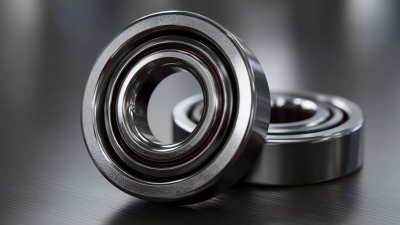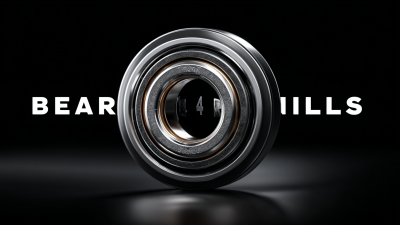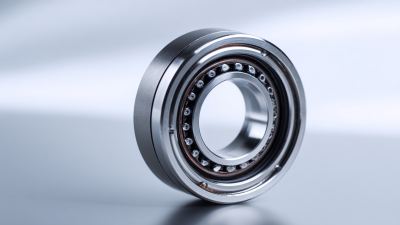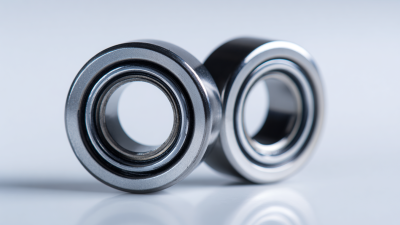In the realm of precision engineering, Miniature Ball Bearings have emerged as a cornerstone for enhancing performance and reliability across various applications. As we look towards 2025, it is crucial to examine the prevailing trends and innovations that are shaping the future of these vital components. The increasing demand for compact and efficient designs in industries such as robotics, automotive, and aerospace is driving advancements that not only improve functionality but also address the challenges of sustainability and energy efficiency.
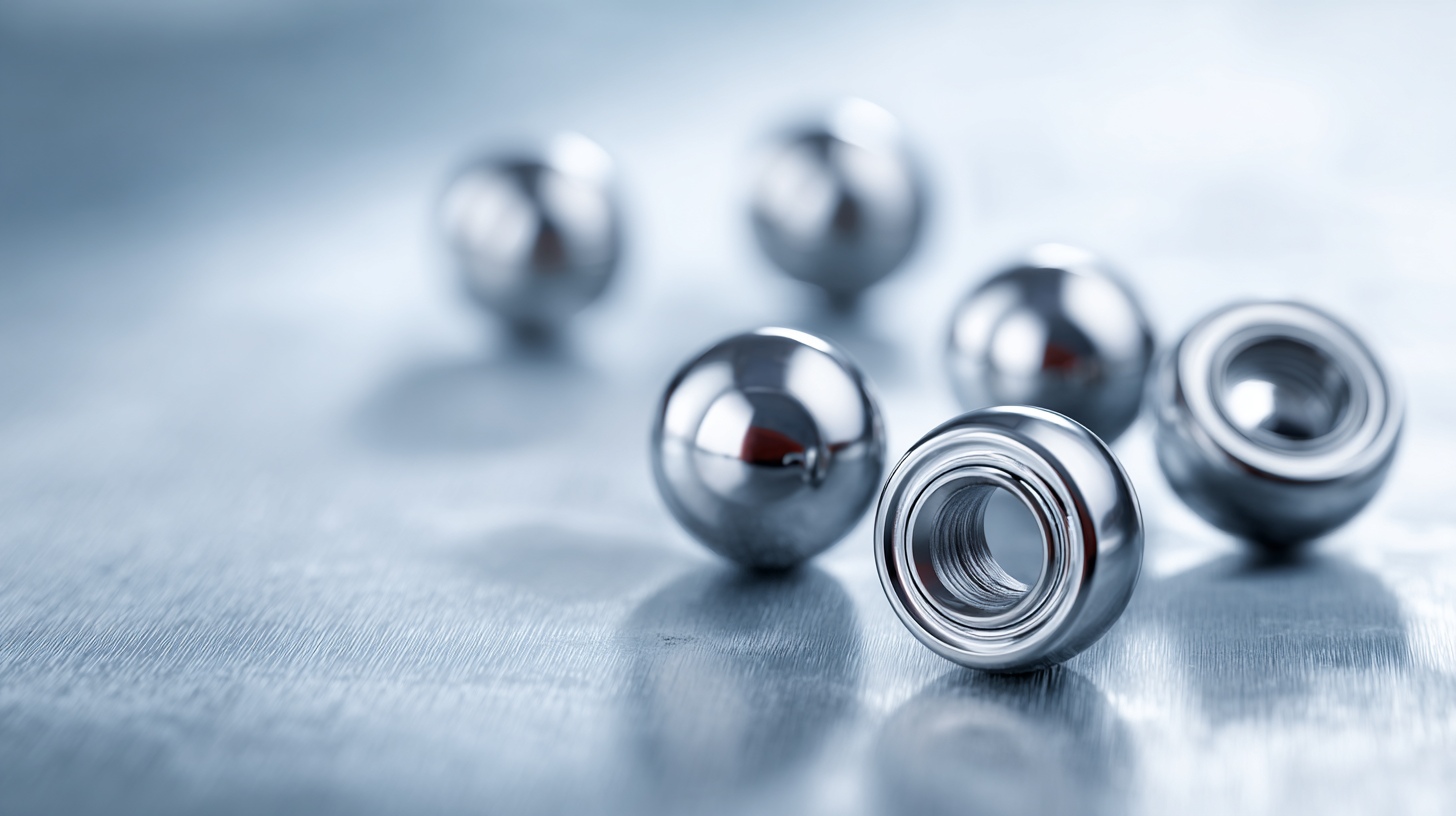
A notable trend is the integration of advanced materials and manufacturing techniques that enhance the durability and performance of Miniature Ball Bearings. Innovations such as ceramic ball bearings and hybrid designs are being explored to reduce friction and increase load capacity, which is essential for high-speed operations. Additionally, the adoption of smart technologies in these components is paving the way for predictive maintenance and monitoring systems, allowing for real-time performance tracking and extended service life.
Furthermore, the push for miniaturization in engineering continues to fuel the evolution of Miniature Ball Bearings. The ability to design smaller, yet more effective bearings is facilitating breakthroughs in numerous applications, encouraging manufacturers to rethink traditional designs and embrace cutting-edge solutions. As 2025 approaches, staying ahead of these trends will be crucial for engineers and designers looking to leverage the full potential of Miniature Ball Bearings in their projects.
In the rapidly evolving field of precision engineering, the incorporation of emerging materials in miniature ball bearings is set to redefine performance standards. Recent industry reports indicate that the market for miniature ball bearings is expected to grow significantly, with a projected CAGR of 6.5% from 2023 to 2028. This growth is largely driven by advancements in material science, which enable the development of bearings that not only withstand higher loads but also operate under extreme conditions.
Innovative materials such as ceramic composites, polymer blends, and advanced steel alloys are being adopted to enhance the wear resistance and fatigue life of miniature ball bearings. According to the "2023 Bearings Market Report," the use of hybrid ball bearings, which combine ceramic balls and steel races, has been linked to a reduction in friction by up to 30% compared to traditional all-steel alternatives. This not only increases efficiency but extends the lifecycle of the bearings, demonstrating the profound impact of these emerging materials on performance and sustainability in precision engineering applications.
The precision engineering sector is poised for a revolutionary shift with innovative manufacturing techniques specifically designed for miniature ball bearings. These small but vital components are integral to the performance of various applications, from consumer electronics to high-speed machinery. Techniques such as additive manufacturing and precision grinding are enabling manufacturers to create bearings that not only meet but exceed the stringent tolerances required by modern engineering standards.
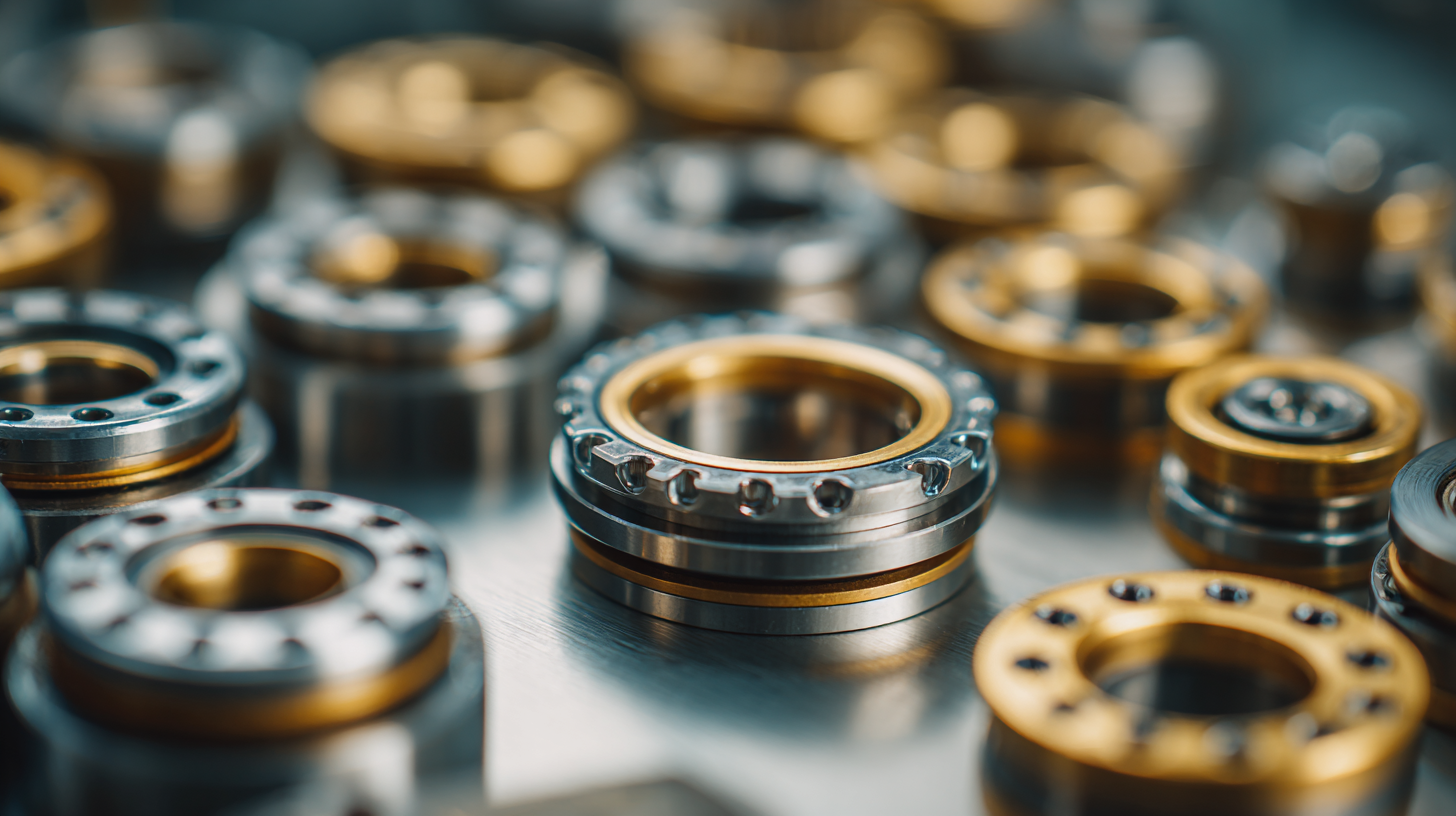
Additionally, advancements in material science are contributing to the evolution of miniature ball bearings. The development of ultra-lightweight, high-strength materials ensures that these components can operate efficiently at reduced friction levels. Coupled with automated production methods, these innovations foster a more sustainable manufacturing process, significantly reducing waste and enhancing the overall productivity of the industry.
As we move toward 2025, the integration of smart technology with traditional manufacturing practices will further enhance the precision and reliability of miniature ball bearings, paving the way for a new era in engineering applications.
The application of smart technologies and IoT integration in miniature ball bearings is revolutionizing precision engineering, enabling enhanced performance and reliability. By incorporating sensors and connectivity features into ball bearings, manufacturers can monitor real-time conditions, such as temperature, vibration, and load. This data-driven approach not only ensures optimal operation but also facilitates predictive maintenance, significantly reducing downtime and operational costs.
Furthermore, the integration of IoT allows for seamless communication between ball bearings and centralized systems. This connectivity enables engineers to analyze operational data and make informed decisions to optimize the entire machinery process. In high-demand sectors like aerospace and automotive, where precision and efficiency are paramount, such advancements in miniature ball bearings will lead the way toward smarter, more responsive engineering solutions, positioning industries to adapt swiftly to changing operational demands.
The miniature ball bearing industry is witnessing a significant shift towards sustainability, driven by both consumer demand and regulatory pressures. Manufacturers are increasingly adopting eco-friendly practices in the production process, from sourcing recycled materials to minimizing energy consumption. This focus on sustainability not only benefits the environment but also enhances product appeal, as companies seek to align with the values of environmentally conscious customers.

Tips for Implementing Sustainable Practices:
1. Consider using biodegradable lubricants to reduce environmental impact.
2. Explore partnerships with suppliers who prioritize sustainability, ensuring a greener supply chain.
3. Invest in energy-efficient machinery to lower operational costs while supporting eco-friendly initiatives.
Moreover, innovations in design and materials are enabling the creation of more efficient and longer-lasting miniature ball bearings. Advances in additive manufacturing and precision engineering are paving the way for components that not only perform better but also generate less waste throughout their lifecycle. These changes are crucial as the industry adapts to a world where sustainability is paramount, paving the way for a new standard in engineering practices that prioritize both performance and ecological responsibility.
The miniature ball bearing industry is poised for significant advancements by 2025, driven by the increasing demand for precision engineering across various sectors. However, the design and production of these essential components present unique challenges. One key challenge is the material selection, where manufacturers must balance between durability and weight to enhance efficiency in compact applications. Innovations in materials, such as advanced ceramics and hybrid composites, are crucial to address these demands, providing improved performance while reducing friction and wear.
Moreover, the precision required in the manufacturing process necessitates the integration of advanced technologies. The adoption of automation and smart manufacturing techniques will play a vital role in optimizing production efficiency and maintaining quality standards. Advanced computer simulations and AI-driven analytics can help in predicting performance outcomes and identifying potential design flaws early in the production cycle. As the industry moves forward, overcoming these challenges through innovative solutions will not only enhance the functionality of miniature ball bearings but also cater to the evolving needs of precision engineering applications.

